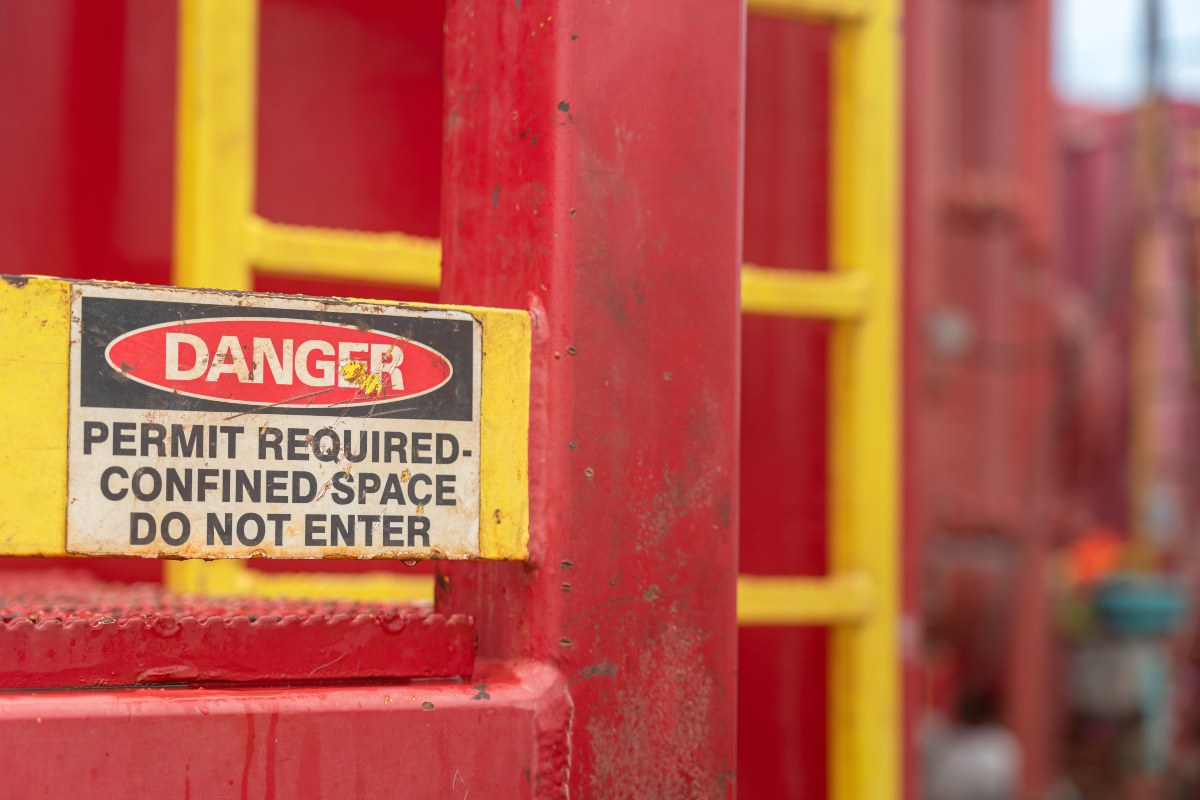In the water and wastewater industry, confined spaces present significant safety challenges. These areas—such as tanks, vaults, and pipelines—are crucial for operations but can pose serious risks if not managed properly. Ensuring safety in these environments is essential for both industrial and municipal facilities.
Understanding Confined Space Hazards
Confined spaces are often characterized by limited entry and exit points and may contain hazardous atmospheres, such as low oxygen levels, toxic gases, or explosive materials. Common hazards include:
- Toxic Exposures: Gases like hydrogen sulfide or chlorine can accumulate in confined spaces, posing severe health risks.
- Oxygen Deficiency: The oxygen levels in confined spaces can drop to dangerous levels due to chemical reactions or the displacement of air.
- Engulfment: The risk of being engulfed by materials such as sludge or sediment can be a critical issue in tanks and pits.
- Physical Hazards: Moving parts, electrical components, and structural hazards can pose risks if proper precautions are not taken.
Best Practices for Confined Space Safety
- Risk Assessment and Permit Systems: Conduct thorough risk assessments before entering confined spaces and use permit systems to ensure all safety procedures are followed.
- Training and Competency: Ensure that all personnel are properly trained in confined space entry procedures, including the use of personal protective equipment (PPE) and emergency response protocols.
- Atmospheric Testing: Regularly test the atmosphere in confined spaces to monitor for hazardous gases and ensure adequate oxygen levels. Continuous monitoring may be necessary in some situations.
- Emergency Preparedness: Develop and practice emergency response plans. Ensure that rescue equipment is readily available and that all staff know how to use it effectively.
- Ventilation: Proper ventilation is crucial to prevent the buildup of harmful gases and to provide a safe breathing environment. Ensure that ventilation systems are in place and functioning correctly.
U.S. Water’s Commitment to Safety
At U.S. Water Services, safety is our number one priority. We understand the complexities and risks associated with confined spaces, and we are committed to maintaining the highest safety standards at all our project sites. Our comprehensive safety program includes:
- Extensive Training: We provide rigorous, hands-on training for our team members to ensure they are well-versed in confined space safety protocols. This includes specialized training on atmospheric testing, PPE usage, and emergency response procedures.
- Ongoing Safety Evaluations: We continually assess and update our safety practices to align with the latest industry standards and regulations.
- Dedicated Safety Personnel: Our projects are overseen by site safety leads that ensure all safety measures are implemented and adhered to.
Conclusion
By addressing confined space hazards with a proactive approach, facility owners can safeguard their employees and ensure the smooth operation of their water and wastewater systems. At U.S. Water, our commitment to safety ensures that our teams are prepared to handle these challenges effectively. Regular training, rigorous safety protocols, and a proactive safety culture are key components in creating a safer work environment.
For more information on confined space safety and best practices in water and wastewater facilities, or to learn more about our safety programs, please contact our team of experts.




